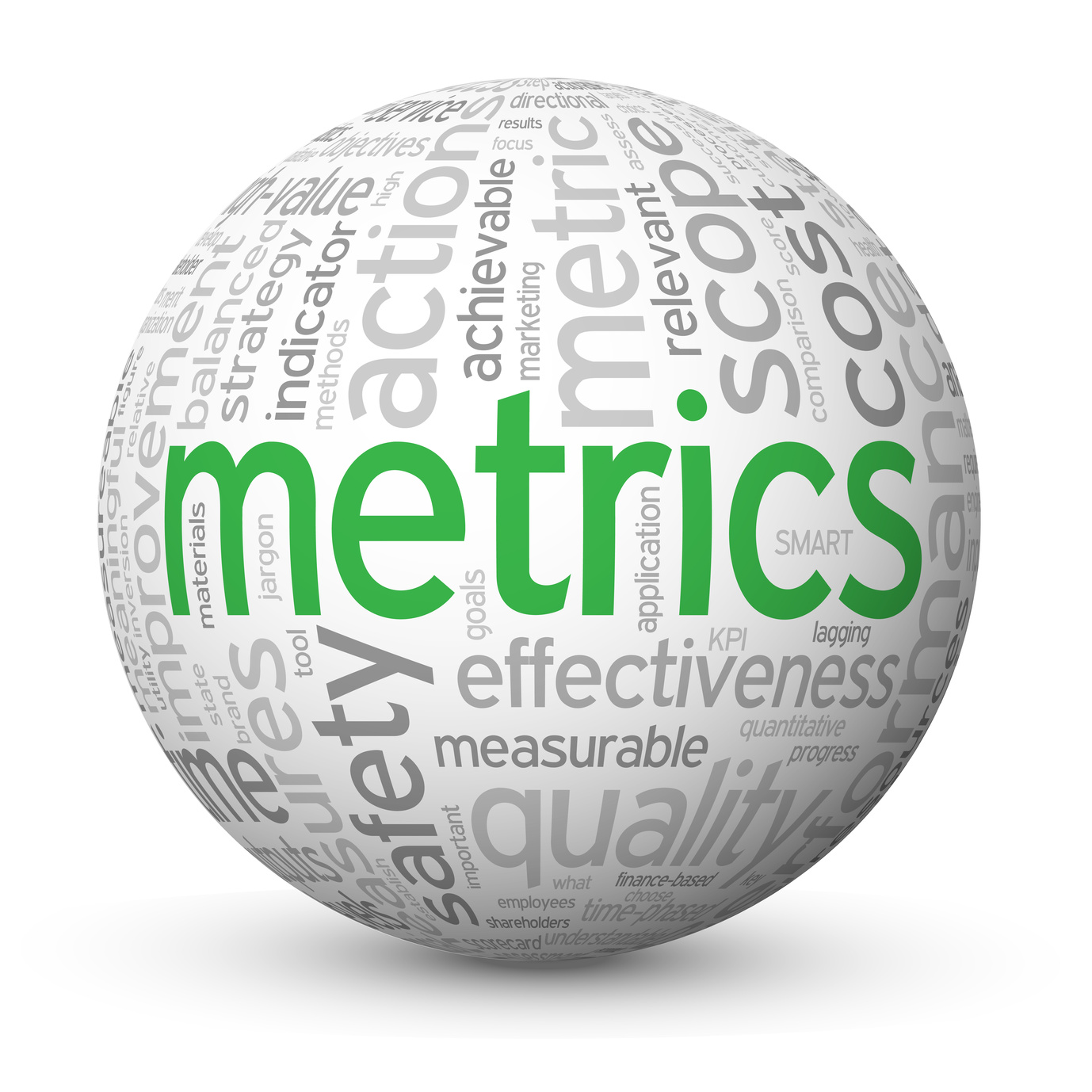I once worked for an organization long ago, whose leaders felt that if they put numbers on a page and posted it on a wall they were being “strategic.” The leaders “oohed” and “ahhed”, over how awesome they thought they were. All the while employees passed the wall by day in and day out without even one glance. There were no questions, no behavior changes, and no alignment initiatives that came out of those numbers posted on the wall.
Fast-forward today, you can exchange the wall with PowerPoint, or change the word from metric to analytic or KPI, or even throw in the word “strategic”. But I often see the same non-results based outcome as my experience years ago. The troubling part is that making decisions based on flawed metrics could have a drastic impact on the business in ways such as:
- Being profitable
- Understanding budget performance
- Leader performance misunderstanding
- Missed growth opportunities
- Falling behind competition
- Not clear understanding of employee or customer engagement
- Failing to move the needle on any top objectives no matter the “busy” work
- And so on
To navigate your way out of foggy measures, read these traits of effective metrics:
- Strategic metrics – if it’s a measure that is not connected an overall organizational objective, the vision or mission, it’s not strategic. I hate to break it to you, but the mere use of the word "strategic" does not make it...well...strategic. A good strategic metric is one that helps leaders to monitor if the organization is on track to achieving its overall goals. Anything else is only a number, and at worse can serve as a serious distraction to achieving real results.
- Actionable – Metrics should have some scenario component to it. For example if a metric trends downward, the organization’s leaders and employees should know what to do to course correct. There is no use spending time measuring activities if no one can impact the outcome.
- Accurate – Metrics should be accurate otherwise they lose all creditability. I’ll go one step further metrics should be validated. Validating metrics can and should test your hypothesis. For example an organization may wish to measure something that is self-reported by leaders. However, we all know that self-reported data can be flawed with bias or human errors. But validating metrics and the hypothesis that surround them will save the wasted time of managing meaningless numbers and embarrassment later on when assumptions were not correct after all.
- Standardized – Effective metrics should be standardized. Leaders should agree on the definitions, exactly what is in and out of the scope of the measure, the frequency of the measurement report out, etc. The best approach is that this agreement occurs upfront and not after the measure has been launched that could make or break a key organizational objective.
- Timely – I think finance knows this better than anyone. What is the use of reporting on financial measures several months after the close of a period? It’s too late to act if something is awry. Timely metrics will enable an organization to act fast when something that could derail the organization requires attention.
High level of performance requires utilizing the right metrics, the right way. Start shining the light on your old or short-sighted measures and you’ll see the fog clearing and a pathway to high impact performance.
Latest posts by Tresha Moreland (see all)
- Recession 2008 Versus 2024: Lessons Learned and Key Workforce Differences - April 24, 2024
- Why Layoffs Fall Short: Embracing a Holistic Approach to Cost Savings - April 21, 2024
- Find Your Anchor In A Sea Of Fear - April 18, 2024














Good article. The key is that, if a metric doesn’t drive a decision, it is not worth tracking. There are really very few KPIs. The trick is identify the true KPI from the low hanging fruit (i.e., things that are easy to measure but tell you nothing).